Books
Books
published in 2024
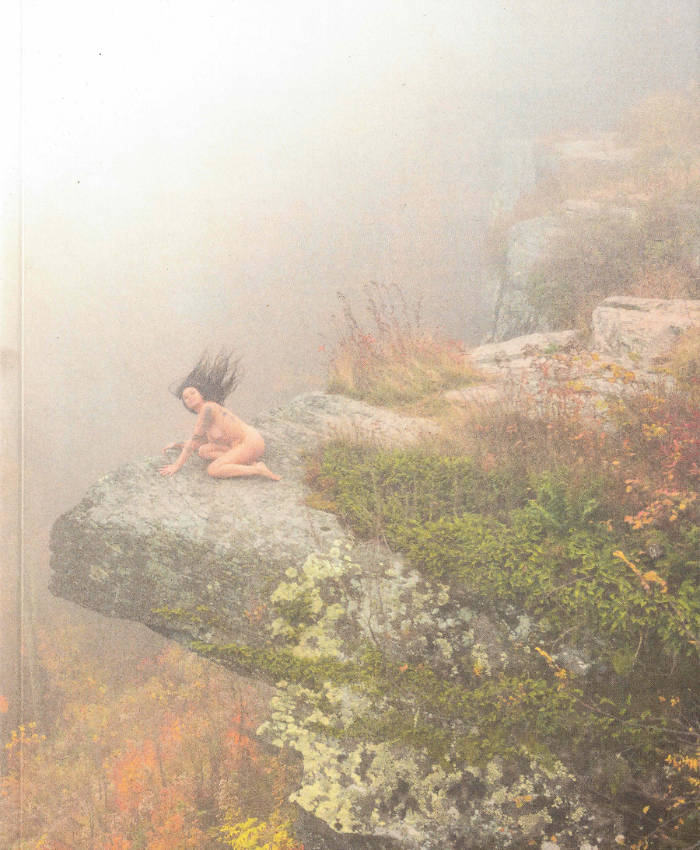
Butterflies Come Out At Night
A fullness of the erotic that pervades the entirety of the book to its edges, where a continual corruption of our often unexpressed desires overflows into forms both lyrical and traditional. "Butterflies Come Out At Night" continuously asks where the "you" stands, and if desire can empower one to reach a fullness of self. No othering, but flowing seamless from source to rapid source. The book explores this encompassing and embracing body of care and power through poetry, collage, enchantments, and spells and keeps an aura that constantly shifts where the erotic nature of both writer and reader bloom through out the reading.
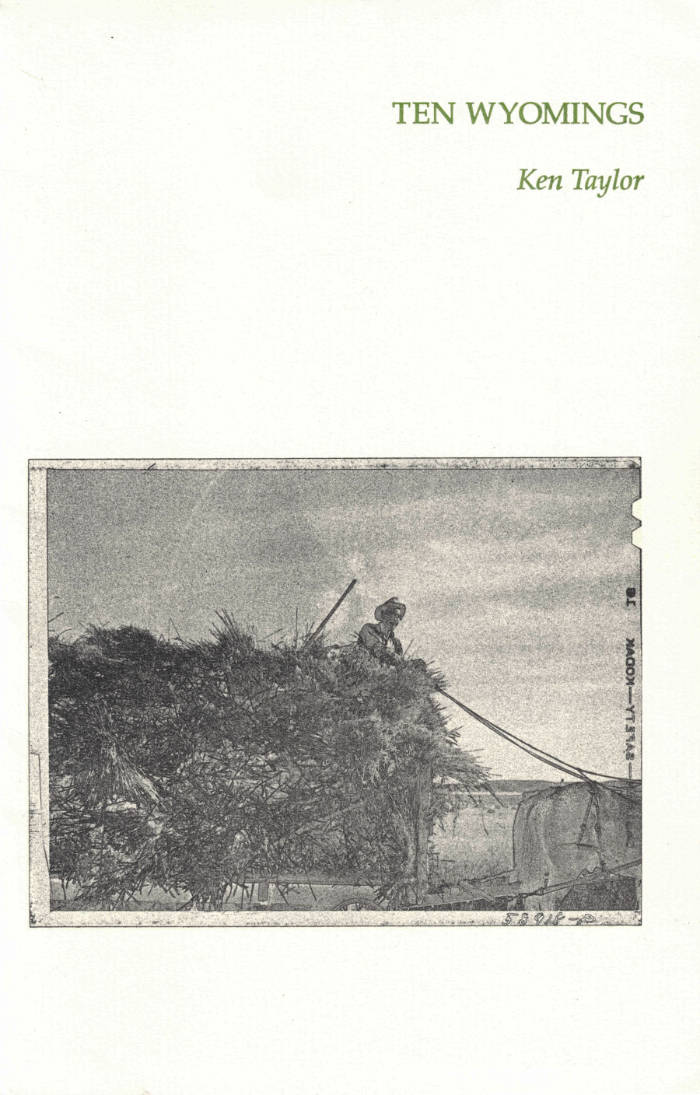
10 Wyomings
Cattle prods confused for northern lights, peyote desert music in the car radio, the Brady Bunch remixed to falsettos driving off into the sunset kind of coded and depleted of love for the mountains. "10 Wyomings" reaches out into the recess of a cultural imagination, memoir-eque in a place and digging around in the cross over between what's been placed in the head and the experience of being out on the range balancing that time to the importance of a place just being there and drop some good poems in the bucket.
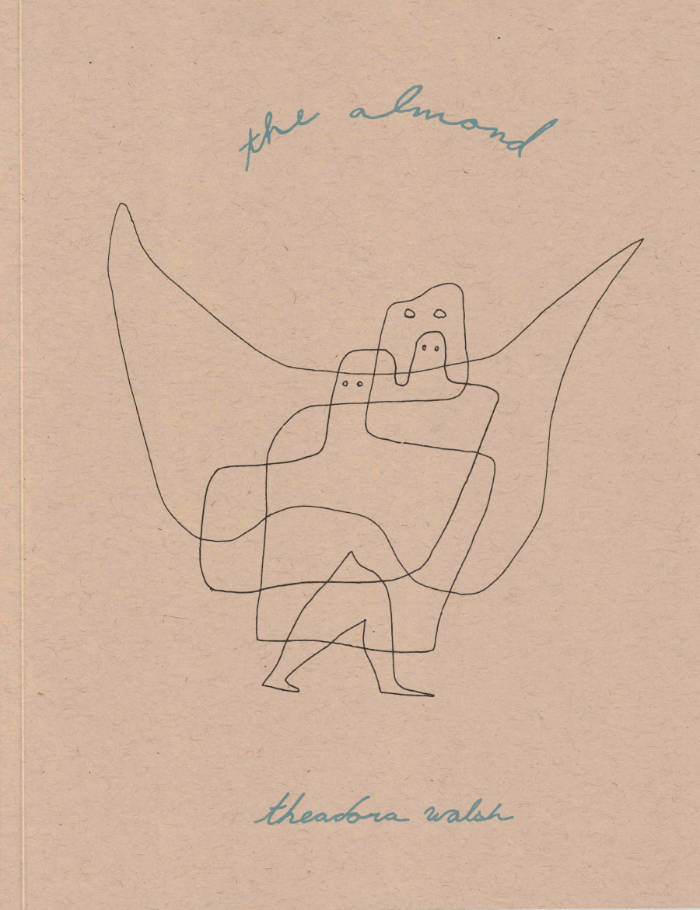
The Almond
“Today is the day with the letter,” Celan writes to Bachmann on October 30, 1957. Theadora Walsh’s essay-poem, The Almond concerns, for I hesitate to write “about” or “is in relation to”, the love between Paul Celan and Ingeborg Bachmann. Two Austrian writers flung across Europe by the atrocities of the Holocaust, excavating the narrows of a language not theirs, or taken from them. An almond is the closest two people can be, and becomes the binding structural conceit of the book, two segments reaching across the blank page to each other, across history, time and language.
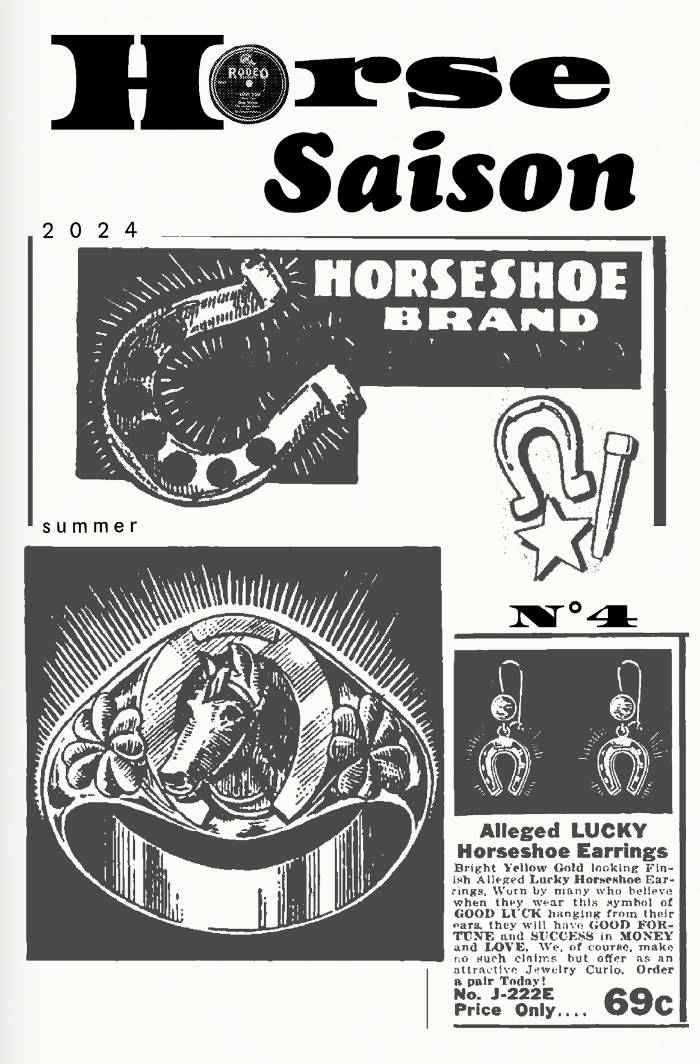
Horse Saison #4
Horse Saison est une revue apériodico-saisonnière sur les chevaux et l’espèce équine en général. Cette revue est née d'une envie de penser et de montrer le monde équestre autrement. Chaque numéro présentera des contributions variées d’artistes d’horizons aussi différents que leurs pratiques artistiques, toustes s’étant intéressé.es pour le magazine au monde équin et à son écosystème.
Avec les contributions de : Xavier Klein, Mona Glassfield, Eliot Duran, Maxence Doucet, Twotma, Eric Kinny, Lois Ladent, Coldruru, Euro Love, Bérénice Béguerie, Emile Barret et Aurélien Masson
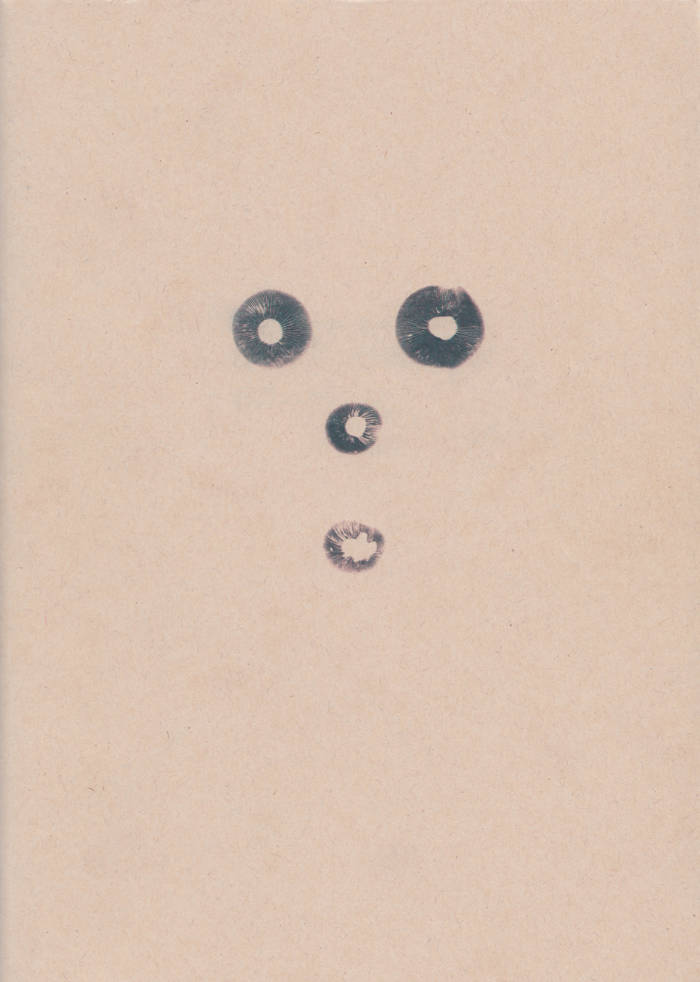
Ungenießbare Zeichnungen
„Ungenießbare Zeichnungen“ is a series of visual traces by artist Shin Kudo. „Ungenießbar“ means „Unenjoyable“ in German, which is a term that is used to describe a certain category of fungi, considered not edible but also not poisonous. What is enjoyable and what is not? For whom should it be enjoyable? Spores, Blood vessels, nature energy, Alien….Shin Kudo’s intuitive drawing triggers our feelings between our daily world and the world that we often overlooked - The world full of life circling and endless streaming.
The book contains 24 drawings from the “∞” series and the spore print series “The Unknown Friends”, following with an interview conversation with the artist.
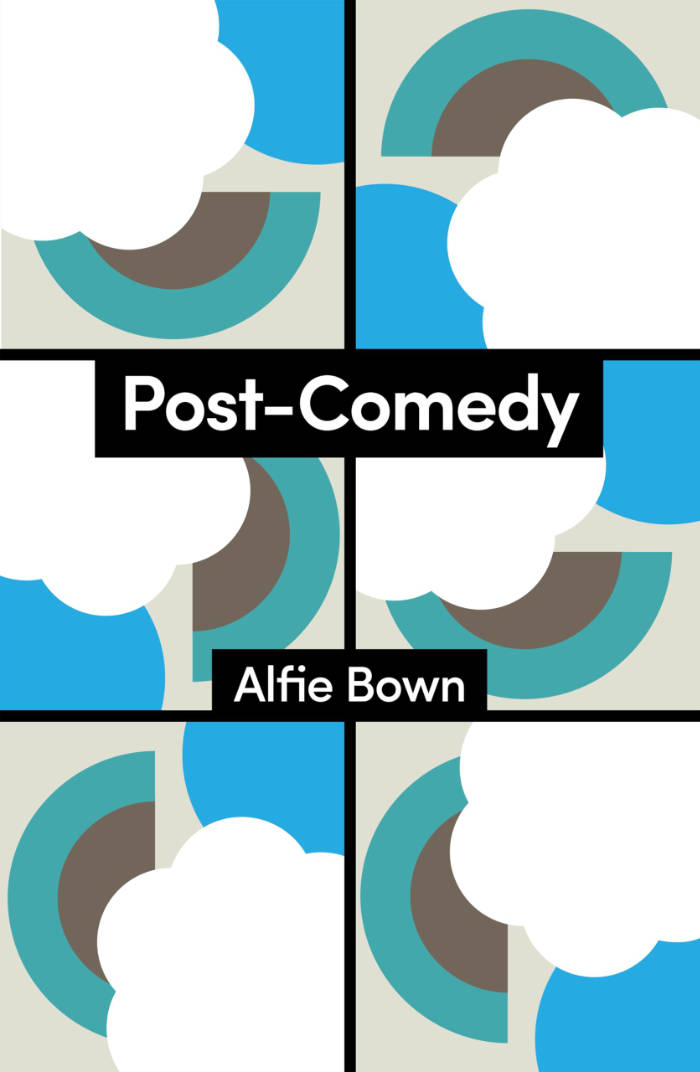
Post-Comedy
Not so long ago, comedy and laughter were a shared experience of relief, as Freud famously argued. At their best, ribbing, roasting, piss-taking and insulting were the foundation of a kind of universal culture from which friendship, camaraderie and solidarity could emerge.
Now, comedy is characterized by edgy humour and misplaced jokes that provoke personal and social anxiety, causing divisive cultural warfare in the media and among people. Our comedy is fraught with tension like never before, and so too is our social life. We often hear the claim that no one can take a joke anymore. But what if we really can’t take jokes anymore?
This book argues that the spirit of comedy is the first step in the building of society, but that it has been lost in the era of divisive identity politics. Comedy flares up debates about censorship and cancellation, keeping us divided from one other. This goes against the true universalist spirit of comedy, which is becoming a thing of the past and must be recovered.
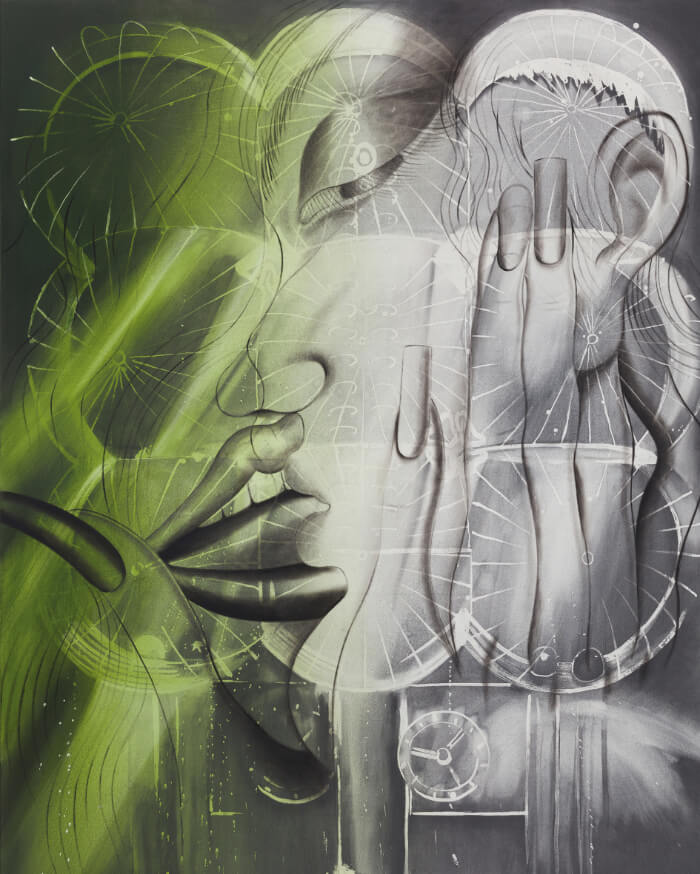
The Sniper in the Brain
Upside-down trees with roots reaching toward the cosmos, glasses, pitchers, transparent vessels, and bodies blending human and animal, male and female features populate Jacopo Pagin’s works. These figures reveal themselves in their decadent and symmetrical being, caught within a web of references centered on the evocative power of the gaze.
The first monograph dedicated to Jacopo Pagin, designed and edited by Ismaël Bennani and Orfée Grandhomme and featuring a critical contribution by Alessandra Franetovich, brings together over 200 drawings and paintings to explore the visionary, obsessive, and hypnotic qualities of the artist’s work and its profound connections with exotic, mediumistic, and new-age practices.
The book is co-published with Make Room, Los Angeles.
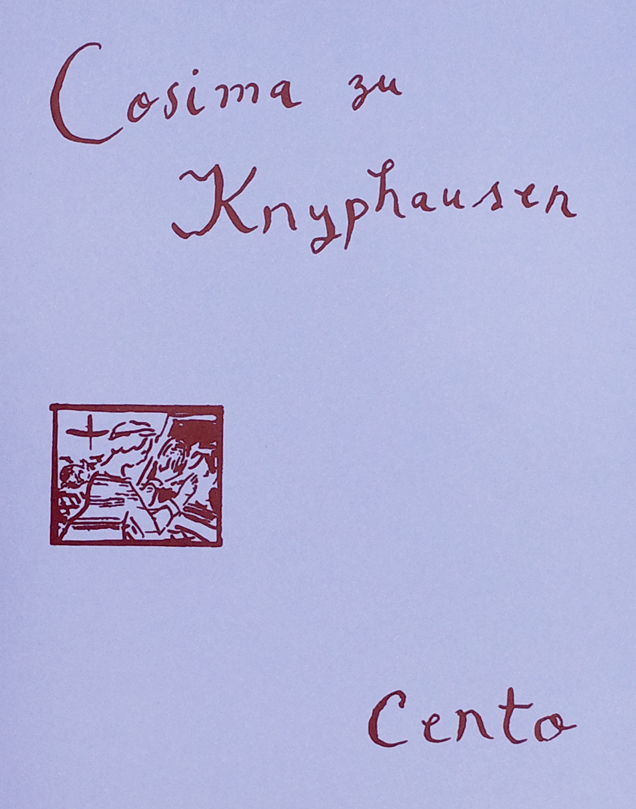
Cento
A cento is a poem composed of verses or fragments from various literary texts that are collaged into a new one. The word comes from an ancient Latin term which means a blanket made of textile scraps.
This etymological root interweaves important aspects of Cosima zu Knyphausen's practice: the materiality of a piece of cloth—the support of the paintings—with the process of quoting, paraphrasing and appropriating art historical motifs, in order to imagine an alternative canon that is shaped by lesbian desire.
Cento brings together a selection of paintings by Cosima zu Knyphausen from the last five years. Instead of following a chronological order, the works are presented in an intertextual reading that puts them in dialogue and show the range of interests that the artist has pursued in her versatile practice, such as her variations on the motif of "women reading", Christine de Pizan's medieval feminist utopia, the interior of a Berlin queer bar, and egg shell universes.
Accompanied by an essay by Rahel Schrohe, and a poem of the artist, the pages of Cento are overarching Cosima zu Knyphausen's themes, as well as assembling the book itself as a context for the work: a mosaic, a patchwork garment, an egg.
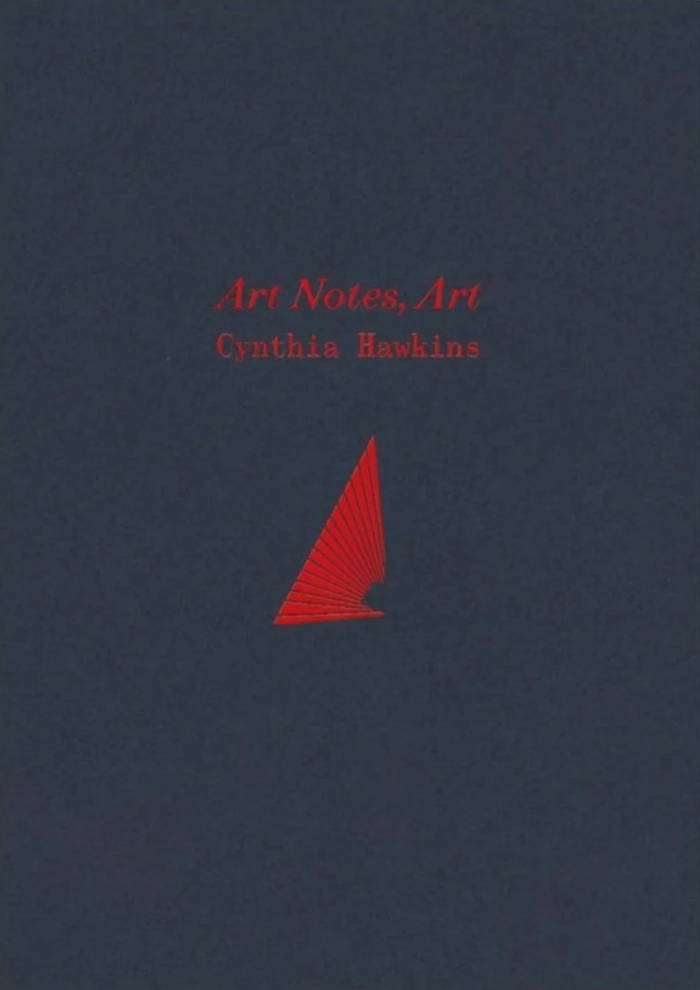
Art Notes, Art
Since the 1970s, Cynthia Hawkins has investigated the potentials of abstract painting. While often beginning a work or series with a predetermined concept or strategy, Hawkins’s process-oriented practice simultaneously embraces the improvisational to create a systemized space for her continually evolving vocabulary. From 1979 to 1981, important early years in the elaboration of her work, Hawkins documented these developments in a journal. A record of routine and the everyday, the journal also gathers sketches, notes for new and in-progress works, and responses to contemporary art and criticism, bringing the artist’s process, experimentation, and reflections on materials, formalism, abstraction, and figuration into relief.
Art Notes, Art also offers a picture of the burgeoning Black-owned gallery scene in 1970s and ‘80s New York that Hawkins was an important participant in—including Cinque Gallery, Kenkeleba Gallery, and Just Above Midtown, where she had her first solo exhibition in 1981–as well as the women artists’ circle she was an active member of, which hosted weekly shares, critiques, exchange, and amplification of each others’ work. An important glimpse into Hawkins’s creative process and artistic community, Art Notes, Art is richly illustrated with works by the artist produced during this key period–some of which are now lost–photographs and ephemera, and a visual archive of contemporaneous work by her peers.
Editor: Ananth Shastri
Managing Editor: Rachel Valinsky
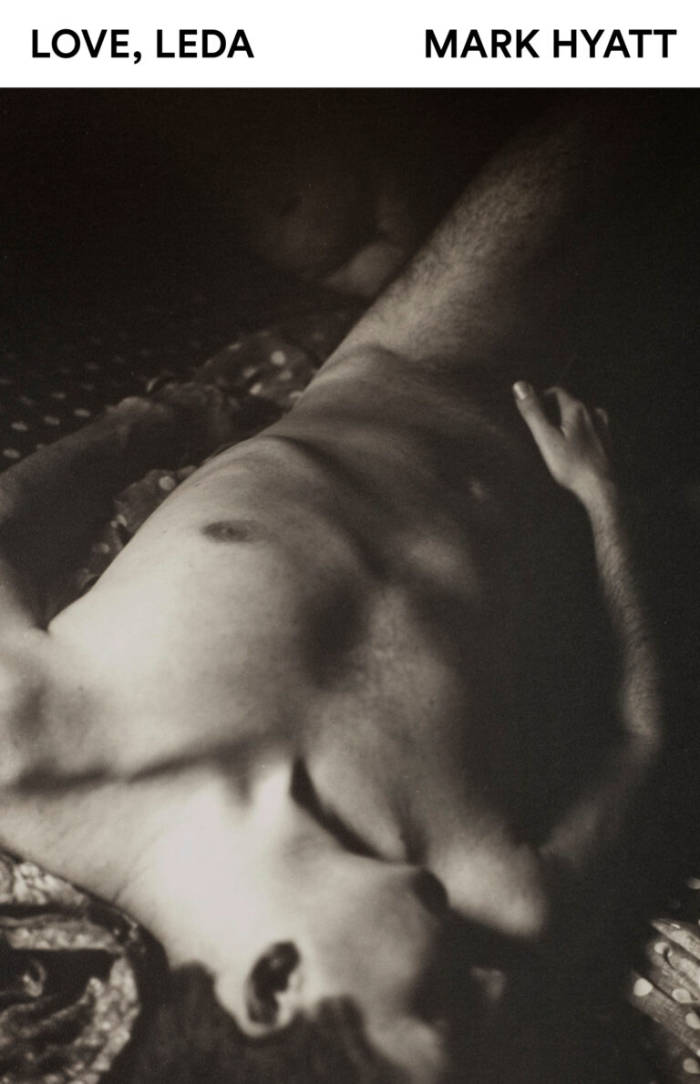
Love, Leda
Newly discovered in the author’s archives and published for the first time in the UK in 2023, this portrait of queer, working class London drifts from coffee shop to house party, in search of the next tryst.
Leda is lost. He spends his days steeped in ennui, watching the hours pass, waiting for the night to arrive. Trysts in the rubble of a bombsite follow hours spent in bed with near strangers, as Leda seeks out intimacy in unlikely places. Semi-homeless and estranged from his family of origin, he relies on the support of his chosen one: a community of older gay men and divorced women who feed and clothe him, gently encouraging him to find a foothold in a society which excludes him at every turn. And then there is Daniel, a buttoned-up man of the Lord, for whom Leda nurses an unrequited obsession—one which sends him spiraling into self-destruction. Pre-dating the British Sexual Offences Act of 1967, Love, Leda was first published in 2023 in the UK. This long lost novel is a portrait of London’s Soho that is now lost, an important document of queer working-class life from a voice long overlooked.
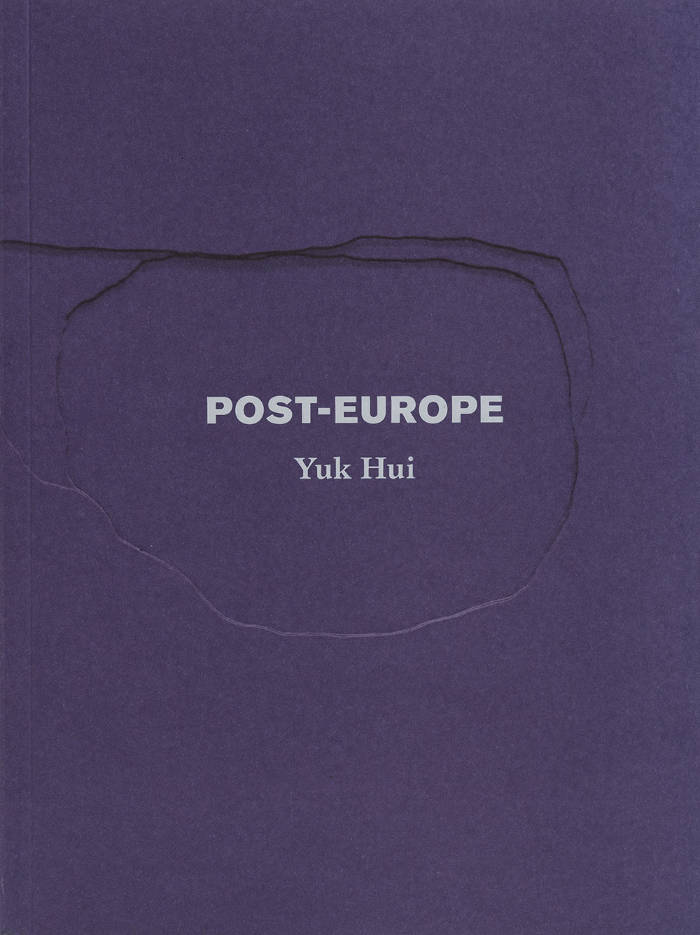
Post-Europe
Today, we increasingly live in a state of becoming-homeless, while our homelessness also produces a desire for some form of homecoming, as is evident in the rise of conservative and neoreactionary movements worldwide.
With the unstoppable advance of global capitalism, the Heimatlosigkeit (homelessness) which twentieth-century European philosophers spoke of, and which Heidegger declared had become the ‘destiny of the world’, is set to become ever more pathological in its consequences. But rather than dreaming of an impossible return to Heimat, Yuk Hui argues that today thinking must start out from the standpoint of becoming-homeless—which also implies thinking a Post-Europe condition.
Europe may now be only one region among others, but to imagine that its decline simply marks a shifting of the locus of ‘world history’ to the East is to remain within the sphere of European techno-logocentrism. The planetary spread of technology may have released modern science and technology from being exclusively European assets, but it has also propagated a set of cognitive models that bar us from thinking otherwise, and put in place a global axis of time through which European modernity becomes the synchronising metric of all civilisations.
Following Novalis’s suggestion that philosophy is a form of homesickness, Jacques Derrida’s claim that philosophy is intrinsically European, and Bernard Stiegler’s insistence that philosophy’s logos is inextricable from the techne of technology, in Post-Europe Yuk Hui envisions a project of a post-European thinking. If Asia and Europe are to devise new modes of confronting capitalism, technology, and planetarisation, this must take place neither through a neutralisation of differences nor a return to tradition, but through a new individuation of thinking between East and West.
Drawing on the philosophies of Gilbert Simondon, Jacques Derrida, Bernard Stiegler, and Jan Patočka alongside the thought of Kitaro Nishida, Keiji Nishitani, Yoshimi Takeuchi, and Mou Zongsan among others, this examination of the relation between philosophy, technology, and the decline of European hegemony is also a reflection on the author’s own trajectory as a wanderer and an immigrant, and the complicit relation established between corporeal memory, linguistic plasticity, and Heimat via the tongue, that most neglected of technical organs.
Yuk Hui is the author of several titles including On the Existence of Digital Objects (University of Minnesota Press, 2016), The Question Concerning Technology in China: An Essay in Cosmotechnics (Urbanomic, 2016), Recursivity and Contingency (Rowman & Littlefield, 2019), Art and Cosmotechnics (e-flux/University of Minnesota Press, 2021), and Machine and Sovereignty: For a Planetary Thinking (University of Minnesota Press, 2024). He is currently Professor of Philosophy at Erasmus University Rotterdam.

¶#1: Backpacking
Wikipedia is not:
A paper encyclopedia
A dictionary
A publisher of original thought
A soapbox or means of promotion
A mirror or a repository of links
A memorial site
A manual or scientific journal
A dictionary
A crystal ball
A newspaper
An indiscriminate collection of information
¶#1 consists solely of texts and images found on the online collaborative platform Wikipedia. This publication contains many authors and we’d like to thank every one of them. ¶#1 is assembled by Annosh Urbanke. And includes a numbered print of her work Wadi Rum (2018).
Annosh Urbanke works as an artist and in the areas of art writing and curating. In her personal work she explores nostalgic and contemporary forms of tourism. While considering personal and collective experiences she looks at today’s consumption and performative elements of tourism. For ¶#1 she travelled through Wikipedia, looking for imaginary landscapes and fictitious cities. It is a critical and inspirational reading along all kinds of travelling that reach out to nowadays problematic (meta) realities of consumer tourism.
Size: A2, folded to A4
Page run: 12
Edition: 150 + 250
Published: November 2020, reprint December 2024
Editor: Jan-Pieter 't Hart
Design: Tjobo Kho
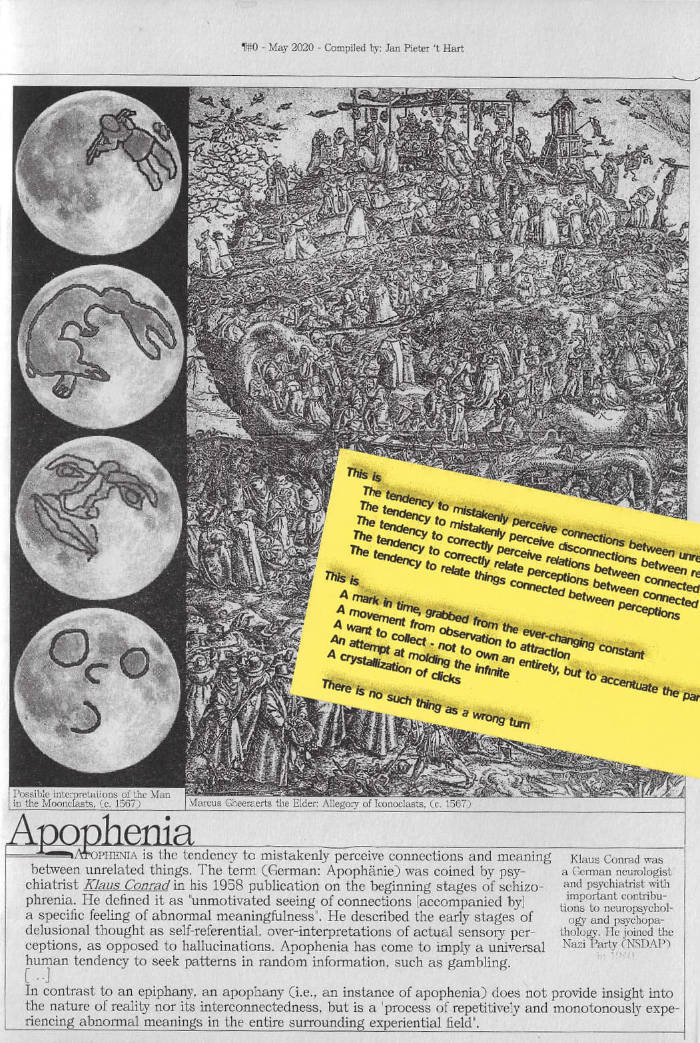
¶ #0: Apophenia
A mark in time, grabbed from the ever-changing constant
A movement from observation to attraction
A want to collect – not to own an entirety, but to accentuate the parts
An attempt at molding the infinite
A crystallization of clicks
¶#0 consists solely of texts and images found on the online collaborative encyclopedia Wikipedia. This publication, which is the first in the series, has many authors and we’d like to thank every one of them. It is assembled by Jan-Pieter ‘t Hart.
Jan-Pieter 't Hart (he/him) is an artist and art worker based in Amsterdam, working mostly in the fields of writing, sound, publishing and organizing. He co-runs a publishing platform called OUTLINE and a music community called corecore.
Size: 27,5 *18 cm
Page run: 16
Edition: 150 + 250
Published: May 2020, reprint December 2024
Design: Tjobo Kho
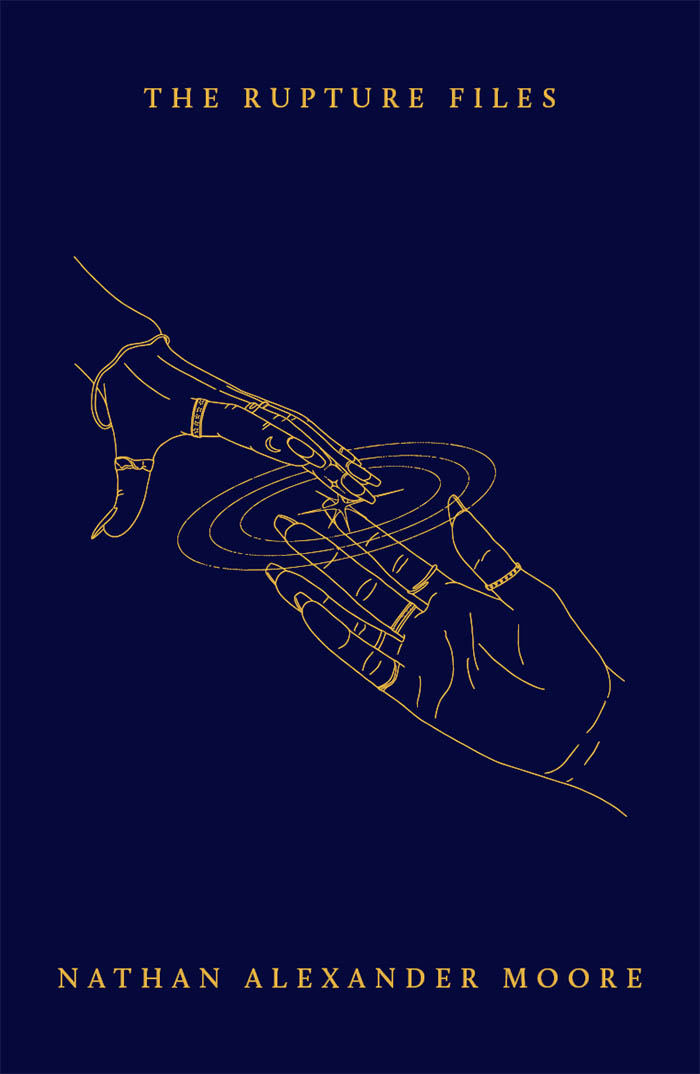
The Rupture Files
Across multiple worlds in upheaval, a curious cast of Black queer characters must choose between what they already know themselves to be and what they might yet become in the cataclysm. A shapeshifter learns to embrace their body as it changes through a lunar cycle. A stranger’s visit disturbs three sisters sheltering from monsters that stalk the land. An archivist hears an irresistible call to the rising ocean as she uncovers a surprising history. A mysterious fire sparks whispers of revolution in the mind of a vampire’s captive consort.
At once tender and audacious, Nathan Alexander Moore’s debut collection tells the stories of extraordinary creatures making impossible but human decisions. Traversing apocalypses both big and small, these captivating tales vibrate with the tensions between loss and growth; self and community; precarity and possibility.
Nathan Alexander Moore is a Black transfemme writer. She is an assistant professor at the University of Colorado Boulder whose research explores Black transfemininity, speculative fictions and temporality. Their debut chapbook, small colossus, was published in 2021, and their fiction was shortlisted for the 2022 Santa Fe Writers Project Literary Award. She was a 2023 Lambda Literary Fellow in poetry.
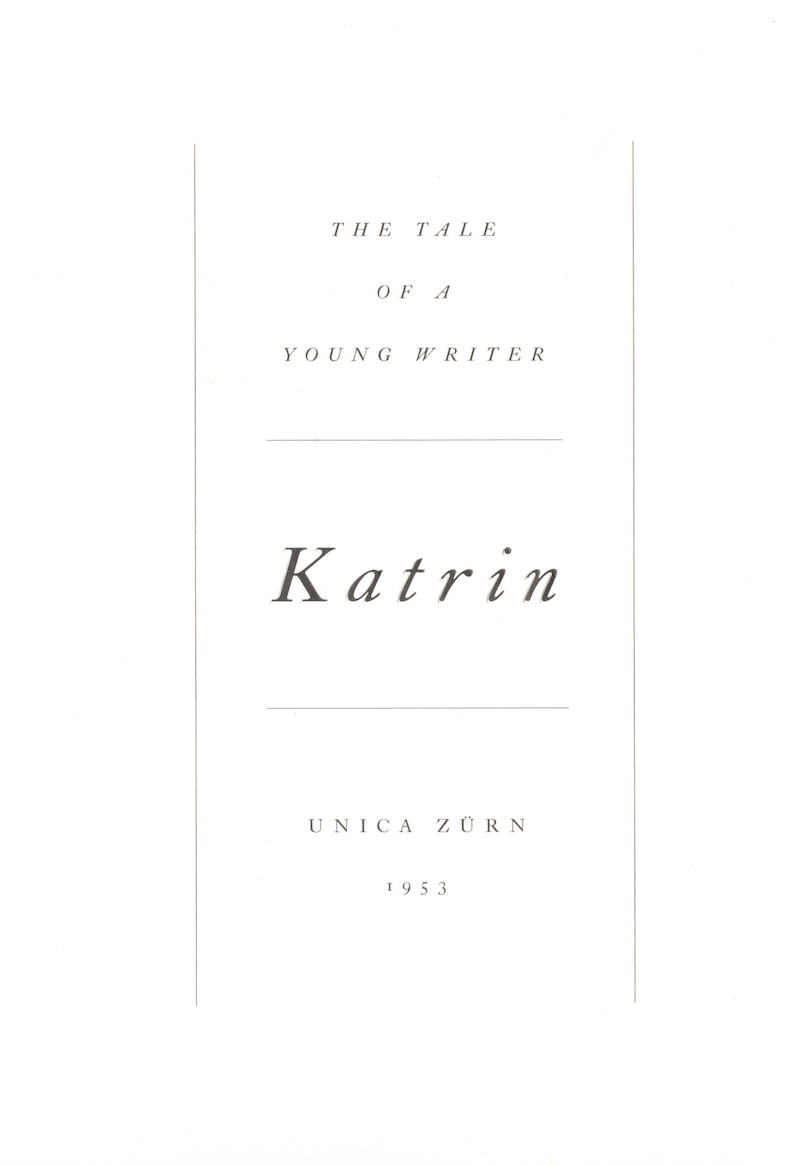
Katrin – The Tale of a Young Writer
Unica Zürn, Louis Bazalgette Zanetti
A partly autobiographical novel that the German surrealist artist and author Unica Zürn (1916-1970) wrote for her ten-year-old daughter in 1953, although it would never be published in her lifetime. This is the first translation of the tale from German into English.
Unica Zürn tells the story of fifteen-year-old motherless Katrin, an aspiring writer, who lives with her father, also a writer. The novel is set in an imaginary world, a metropolis called Linit, split into three levels: Oberstadt (Hightown), Mittelstadt (Middletown) and Unterstadt (Lowtown), overlooked by a Volcano where the artists live and crossed by the river Emil. Presented as a book for children, apparently written for her own daughter (named Katrin), Katrin also draws on the personal biography of Zürn herself, in terms of her relationship with her father and the city of Berlin after WWII, and her experience with people on the margins of a society characterised by great tensions.
About Unica Zürn
Nora Berta "Unika" Ruth Zürn, originally known as Ruth, was born on 6 July 1916 in Berlin. Raised in Berlin, Zürn had a contentious relationship with her mother, while she idolized her absent father. While at school she published her first short stories in magazines for young people, and in 1933 she began to work at the UFA film studios in Berlin (acronym for Universum-Film Aktiengesellschaft, a major German film company producing and distributing motion pictures from 1917 until the end of the Nazi era). In 1942 she married and had two children, Katrin and Christian. Shortly after, she lost the custody of her children. For the next few years she survived by writing short stories for newspapers and radio plays. After the war, she became part of the Bohemian group of Berlin and began to call herself Unika (after her aunt Unika Pudor). She frequented the artistic milieu revolving around the DADA-surrealist cabaret Die Badewanne ("The Bathtub"). In 1953, Zürn met the artist Hans Bellmer, best known for his disassembled dolls in unconventional poses directed at the cult of the perfect body then prominent in Germany, and became his muse. They lived together in Paris for many years, albeit in a conflictual relationship. Zürn concentrated on producing poetic anagrams supplemented by drawings, thus developing her own multidimensional surreal style. From the late 1950s, she suffered from forms of anxiety, later diagnosed as schizophrenia, and produced a wealth of remarkable textual and visual material while in psychiatric institutions across Germany and France. From 1956 to 1964, Zürn had four solo exhibitions of her drawings, and her work was included in the Exposition Internationale du Surréalisme. The exploration of the unconscious dimension would increasingly lose its liberating, positive aspect and turn into a fixation on a narrow space, one in which the self is tormented by distressing visions. Her psychological difficulties inspired much of her writing, especially Der Mann im Jasmin (The Man of Jasmine, published in English in 1971). Other published texts by Zürn include Hexentexte (1954) and Dunkler Frühling (Dark Spring, 1967). Zürn died on 19 October 1970 in Paris, throwing herself from the sixth floor.

The Palestine Issue (Newsprint fundraiser)
"We release this special issue as one collective voice within the call for abolition, transformation, and exit.
Rather than evacuating our consulting rooms and classrooms of politics, we here seek to put the center of the world at the center of psychoanalysis.
All the proceeds of this issue will go to The Gaza Community Mental Health Programme, where trying to understand and helping the victims of this ongoing catastrophe go hand-in-hand."
Table of Contents The Editors, "“For Life’s Sake”
Nadia Bou Ali, “Social Hell”
Mary Turfah, “Israel’s Reality Principle”
Adam HajYahia, “The Principle of Return”
Rana Issa, “The Right to Exist”
Nihal El Aasar, “Left-wing Melancholia”
Jake Romm, “Elements of Anti-Semitism”
Tad Delay, “Evangelical Zionism”
David Markus, “Persecution Terminable and Interminable”
Kaleem Hawa, “Like a Bag Trying to Empty”
Evan Goldstein, “Freud’s Jewish Closet”
Donald Moss, “On Representations of Evil”
Lama Khouri, “Is This a Dream or for Real?”
Yasmin El-Rifae, “To Know What They Know”
Nadia Bou Ali, “Ugly Enjoyment”
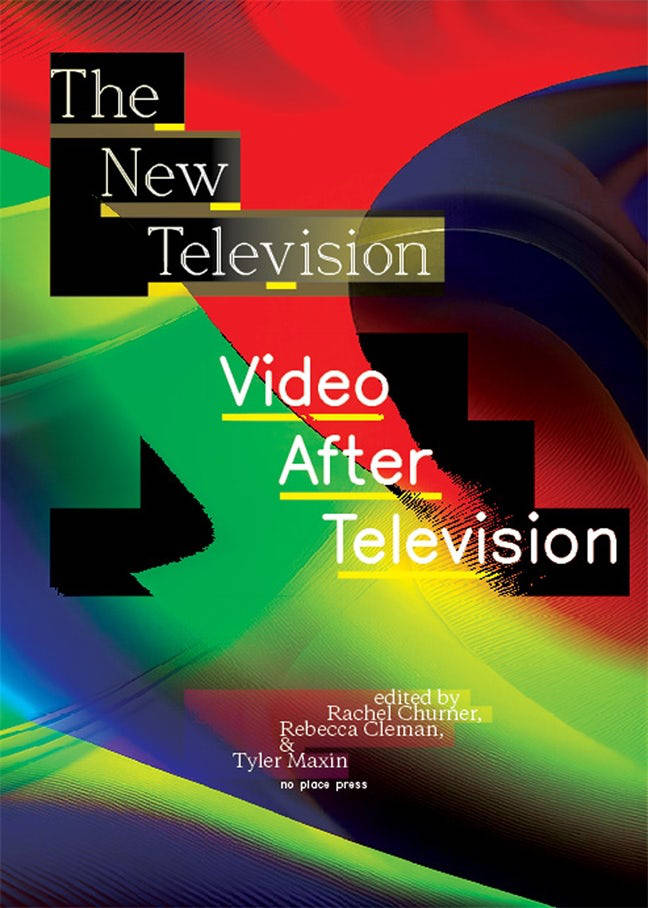
The New Television: Video After Television
Rachel Churner, Rebecca Cleman and 1 more
On the rich history of video art and its enduring relevance to today's artistic and critical practices.
The New Television delves into the rich history of video art, reexamining the pivotal Open Circuits conference held at MoMA in 1974 and exploring its enduring relevance to today's artistic and critical practices. Open Circuits was an important event in establishing video art in American museums and articulated a range of conflicting teloses for the medium, some which materialized (like local cable television) and others that remain unrealized. The conference proceedings were published in 1977 as The New Television: A Public/Private Art, and the radical design of the book reflected the conference's utopian aims.
This two-part publication includes a facsimile of the long-out-of-print conference proceedings and new essays and discussions by over a dozen scholars and artists. The new scholarly texts and previously unpublished archival documents in The New Television illuminate the network of institutional histories of video art, consider global televisual contexts and alternative critical approaches, and examine contemporary video art and its continued relevance from new perspectives.
Rachel Churner is the director of the Carolee Schneemann Foundation. She is also an art critic and editor, whose writings have appeared in Artforum and October magazine, among other publications. She was a recipient of the 2018 Creative Capital/Andy Warhol Foundation Arts Writers Grant and is the editor of multiple books, including Jacqueline Humphries: jHΩ1:) (2022); Yvonne Rainer: Revisions (no place press, 2020), Hans Haacke (MIT Press, 2015), and two volumes of writings by film historian Annette Michelson (MIT Press, 2017 and 2020). Churner is a faculty member at Eugene Lang College at The New School, New York.
Rebecca Cleman is Executive Director of Electronic Arts Intermix (EAI) and a writer. She has programmed screenings and special projects for such venues as the International House Philadelphia; the Museum of Art and Design, Anthology Film Archives, and Andrea Rosen Gallery, New York City; and the Julia Stoschek Collection, Germany; and organized or co-organized many events for EAI, including a panel discussion on the films of David Wojnarowicz and a conversation between Hilton Als and The Wooster Group's director and co-founder Elizabeth LeCompte.
Tyler Maxin is curator at Blank Forms. He was previously the Communications and Special Projects Associate at Electronic Arts Intermix (EAI). His writing has appeared in publications including Artforum, BOMB, and Film Comment.
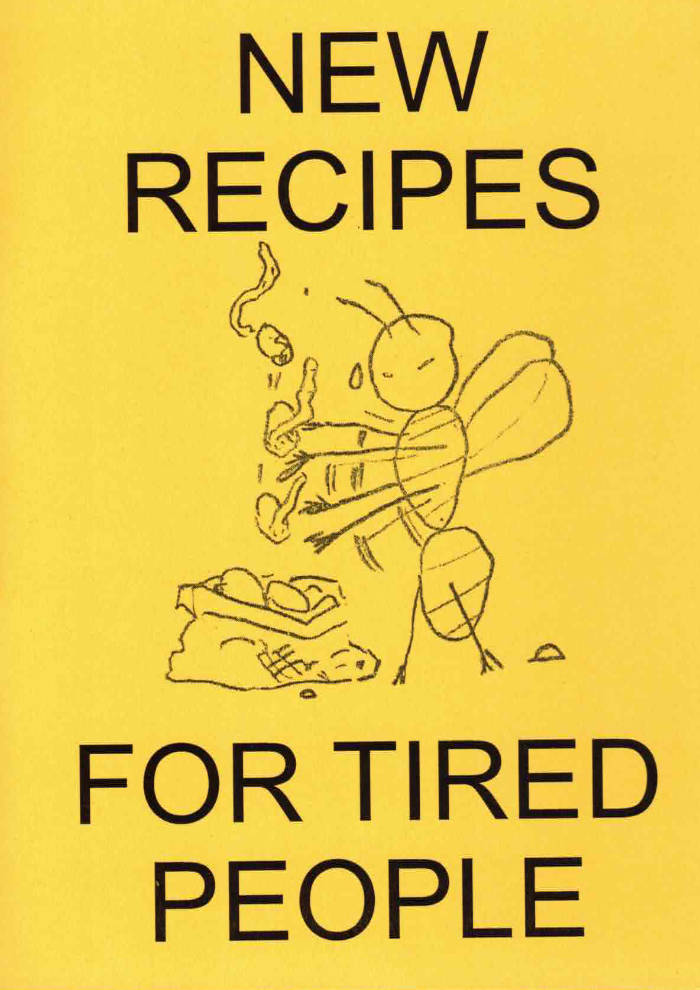
New Recipes For Tired People
Monika Janulevičiūtė, Noah Brehmer
“New Recipes For Tired People” is the first volume of a cookbook series, organized by Monika Janulevičiūtė and Noah Brehmer. This booklet contains 10 tried and tested meal and snack ideas that are easy to shop for, unpretentious to prepare, and simple to customize for people tired and bored of their go-to comfort food. The first edition was produced as a quick print experiment during Publication Studio Vilnius Workshop.
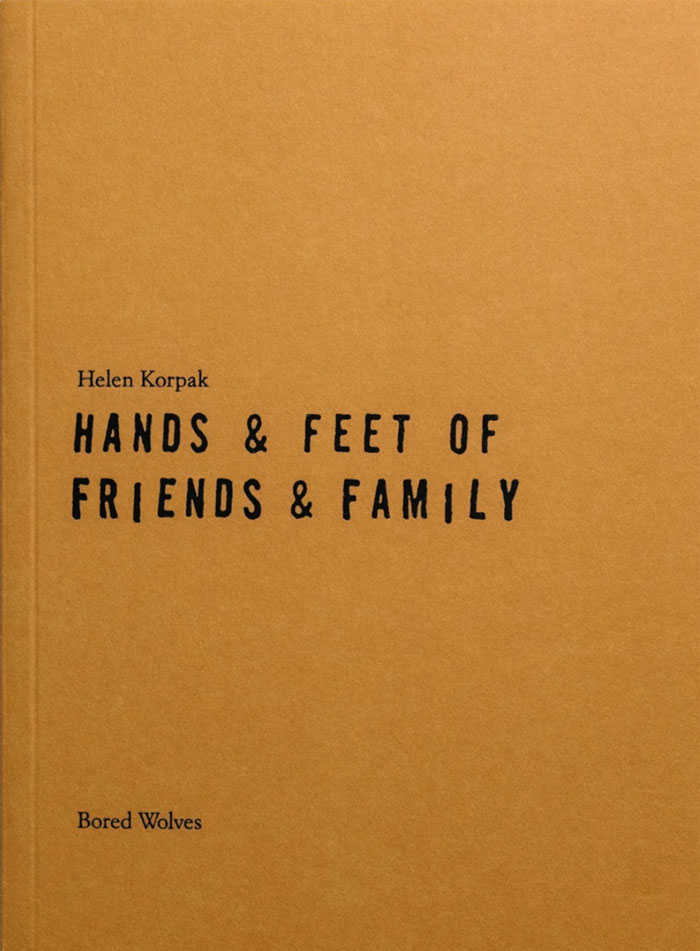
Hands & Feet of Friends & Family
Hands & Feet of Friends & Family is a weave of Helen Korpak’s photocollages and locket-sized literary captions recording closely observed familiar and familial gestures. Granular renderings tenderly taped, Korpak’s collages meld the touching and the wryly humorous, balancing throughout the vulnerability of artist and subjects bonded by essential fondness.
Beginning to look
I started to notice
the older I get
the more I notice
studying the reproductions
separating this from that
noticing the gestures
feeling the movements
of the joints—
Designed and typeset with haptic craft by Samuli Saarinen.
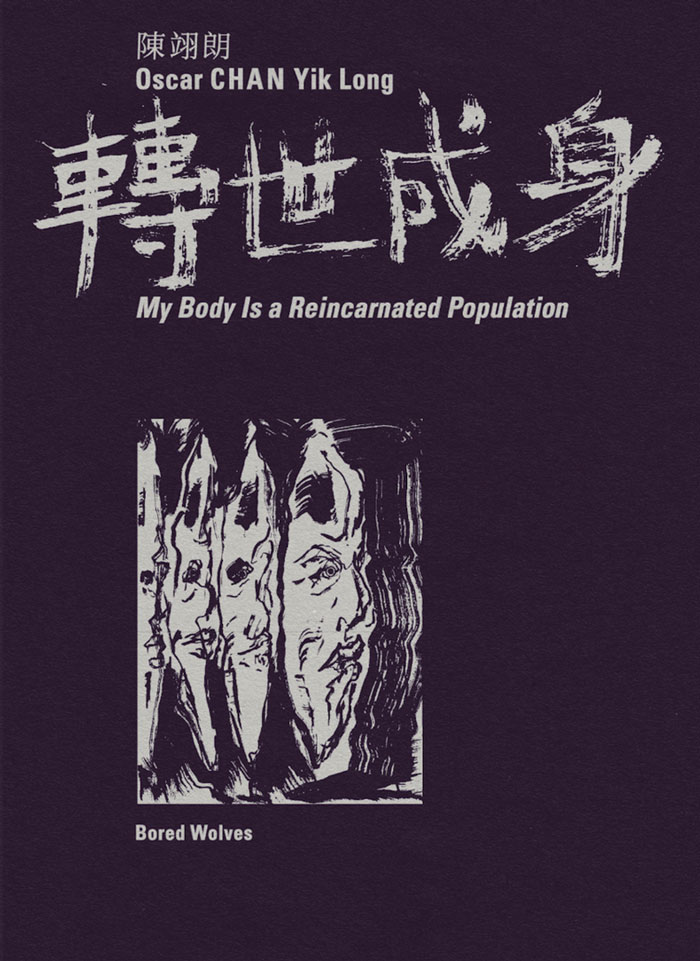
My Body Is a Reincarnated Population
Heart. Compass, radar detector. Lost and anxious. Parents divorce. Respect the rhythm. Fallen angels, now my stomach is all butterflies.
In his artist’s book My Body Is a Reincarnated Population, Helsinki-based Hong Kong artist Oscar CHAN Yik Long (Melted Stars) embraces the pantheon of reincarnated souls embedded within him through ink-and-wash paintings and distilled capsule texts.
His process was guided by the rolls of a die used to connect individuals he has known and encountered in past lives—parents and siblings, relatives and ancestors, friends and enemies, lovers—to his present-life body. Who formed his throat? Who grew into his tongue? Who paired as lungs? Who became skin, muscle, bone, or blood?
The artist’s efforts were ultimately about a form of spiritual atonement in pursuit of physiological harmony for a body facing numerous afflictions: “Through my artwork, I wanted to let the people within me know that, regardless of the tragedies or conflicts that divided us in the past, I have come to terms with everything that happened between us. I sincerely apologize, I express gratitude, I forgive and send love.”
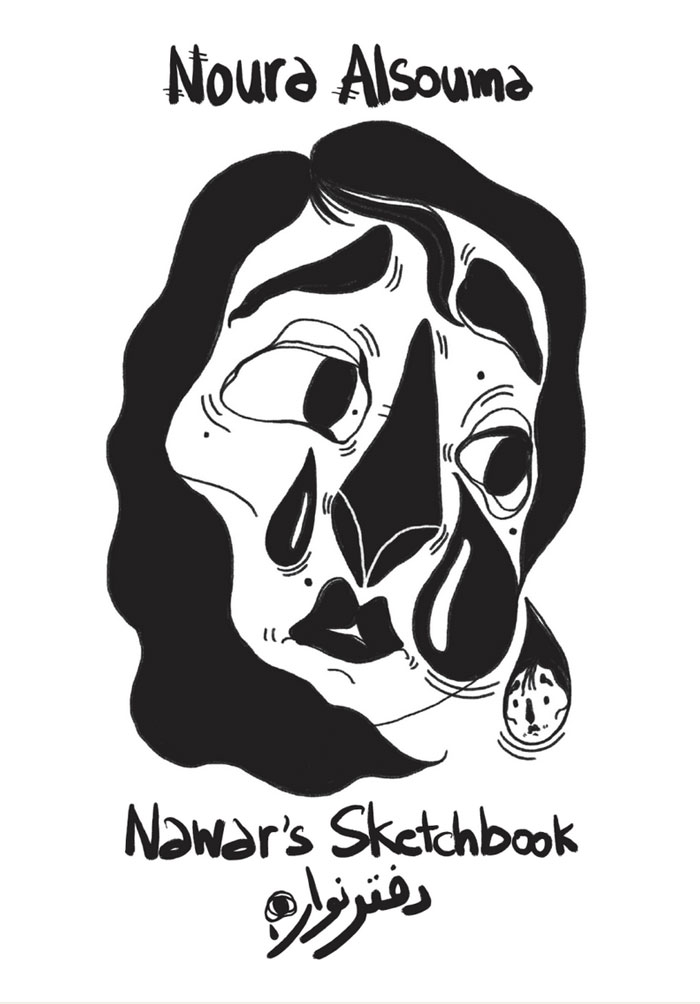
Nawar's Sketchbook
I am not deep, although my eyes are, like a black sea that has been forgotten, as many have told me.
Noura Alsouma’s zine “Nawar’s Sketchbook” is a liquid lament by the Berlin-based Syrian visual artist and printmaker, riveted to eyes that see and therefore shed tears, channeling the heartfelt exposure of the sketchbooks Noura fills to the bleed.
With a moving text by the artist in the original Arabic, reproduced in her handwriting, as well as in English translation by Suja Sawafta.
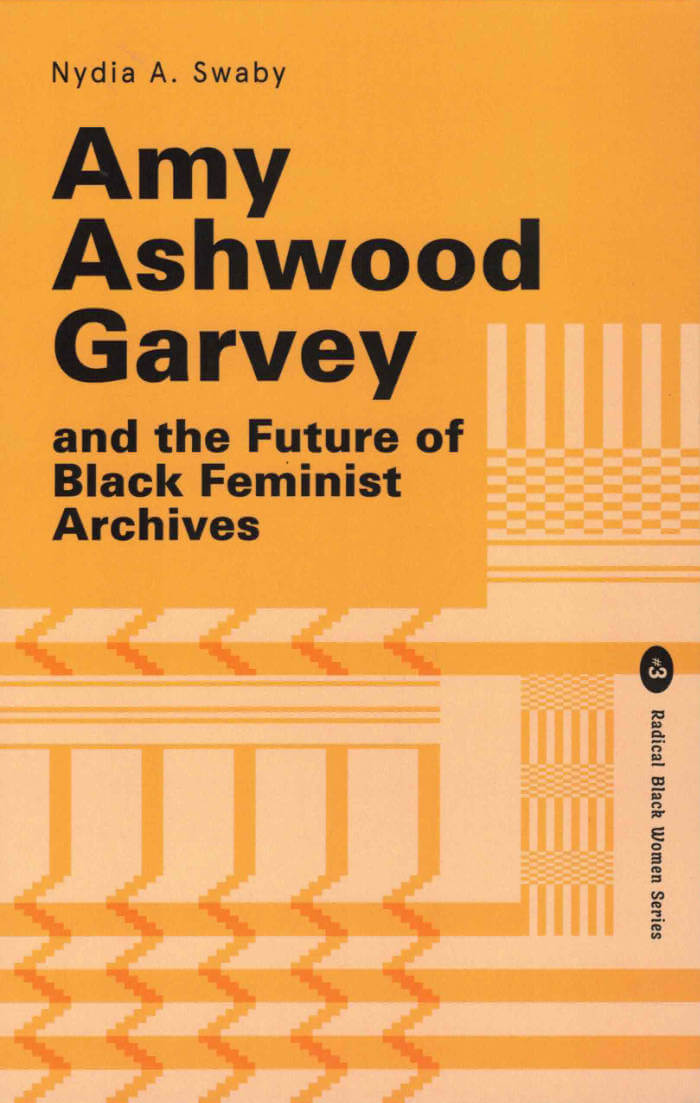
Amy Ashwood Garvey and the Future of Black Feminist Archives
This book charts the journey of Black feminist, artist, researcher and curator Nydia A Swaby as she pieces together a biography of Pan-Africanist and feminist Amy Ashwood Garvey from her scattered archive. In turn, it offers a reflection on the future of Black feminist archival practice.
Often referred to as the first wife of Marcus Garvey, Amy Ashwood Garvey’s contributions to movements for social justice, and in particular Black women’s rights, have largely been forgotten, not least since archives about her life and work are spread across the various places she lived.
After helping Marcus Garvey set up the UNIA, one of the most influential Pan-African movements in the world, Amy moved to New York, where she thrived in the Harlem Renaissance. In the 1930s she emigrated to Britain, where she set up a boarding house and social centre called the Afro People’s Centre, and a club called the Florence Mills Social Parlour. Swaby recovers Amy’s life and work as an important political activist, cultural producer and Pan-Africanist in her own right, retracing her steps across the Caribbean, US, Britain and West Africa.
In addition to conducting traditional archival research, Swaby creates a series of ‘curatorial fabulations’, imagining into the gaps in the archive with her autoethnographic practice. Drawing on the work of contemporary Black feminist researchers, archivists, curators and artists, and her own creative practice, Swaby animates the process of creating and curating Ashwood Garvey’s archive. In doing so, she reflects on the practice of Black feminist archiving past, present and future.
This is the third book in LW’s Radical Black Women Series. It will be essential reading for scholars and students of Black feminism, Pan-Africanism, Black British history, Black arts and archival practice. Endorsements forthcoming from leading scholars in the field including Carole Boyce Davies, Ego Ahaiwe Sowinski, Kelly Foster, Kesewa John and Lola Olufemi.
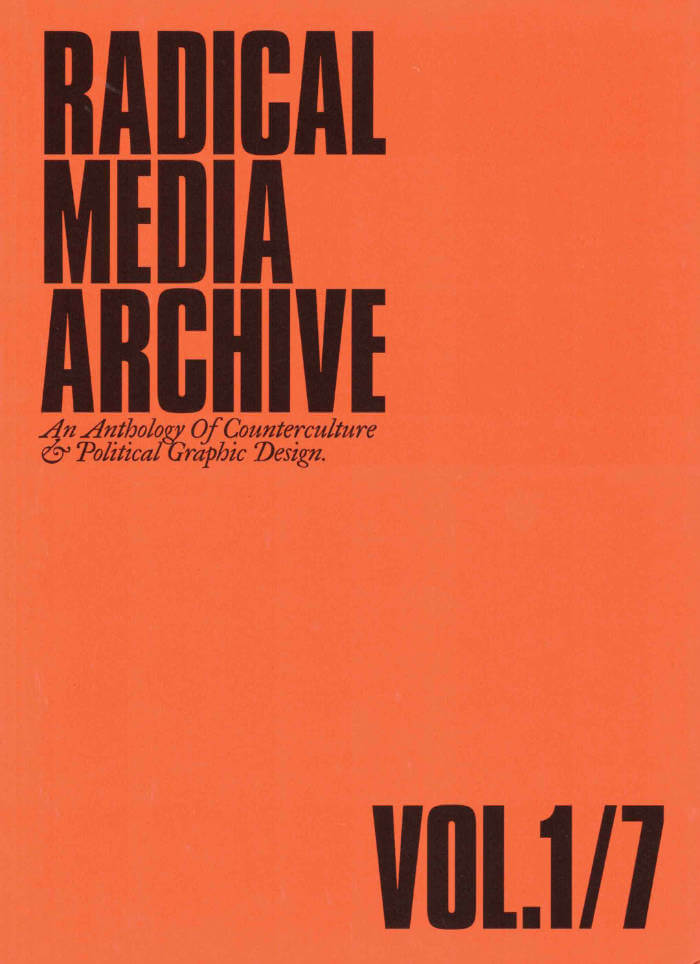
Radical Media Archive Vol 01
Ramdane Touhami, Émile Shahidi
Do you remember the last time you were looking forward to the future? We're not talking about flying cars or floating screens. We're talking about a credible vision of a better time to come. So when was the last time? How did it look? How did it feel?
Have a glance at page 223, about two-thirds in. This is a portrait of Frantz Fanon by Milton Glaser. One of the biggest names in commercial graphic design of the 20th century, painting the likeness of the giant of anti-colonial thought. Let’s leave aside the question of "who's the Milton Glaser of today?" for now, but if there was one, whose portrait would they be painting?
What we’re attempting, in these few hundred pages, is to track our favorite examples of the visual language of revolt and solidarity in the 1960s and 1970s, put them in dialogue with our most beloved works of graphic design of those decades, and celebrate the heroes who made them.
Creative currents flowing from Paris to Tokyo, Cuba to Milano, Beirut to New York, Berkeley to London, with innovations and revolutions (both political and artistic) happening every year. Causes supported by incredible talent and inspiring design that activated people, uplifted liberation movements, advanced the struggles for social justice, and created bonds of global solidarity.
Sadly this cross-pollination between commercial art and the political ended around the late 1980s and those two worlds are now completely isolated from one another.
Why do movements not produce beautiful and memorable visuals anymore? Why do the biggest image makers of today not lend their talents to the good fights that need their help? We hope that these will intersect again, and the first step is to study their history.Friends, we are here to tell you that fighting for a better world is, in fact, not only extremely cool, but the coolest thing you can do — and we have the images to prove it!
Ramdane Touhami and Émile Shahidi have spent years researching and traveling to assemble a huge collection of books, rare periodicals and radical art that will soon be available for consultation in person and online, and of which this little book is just a taste.
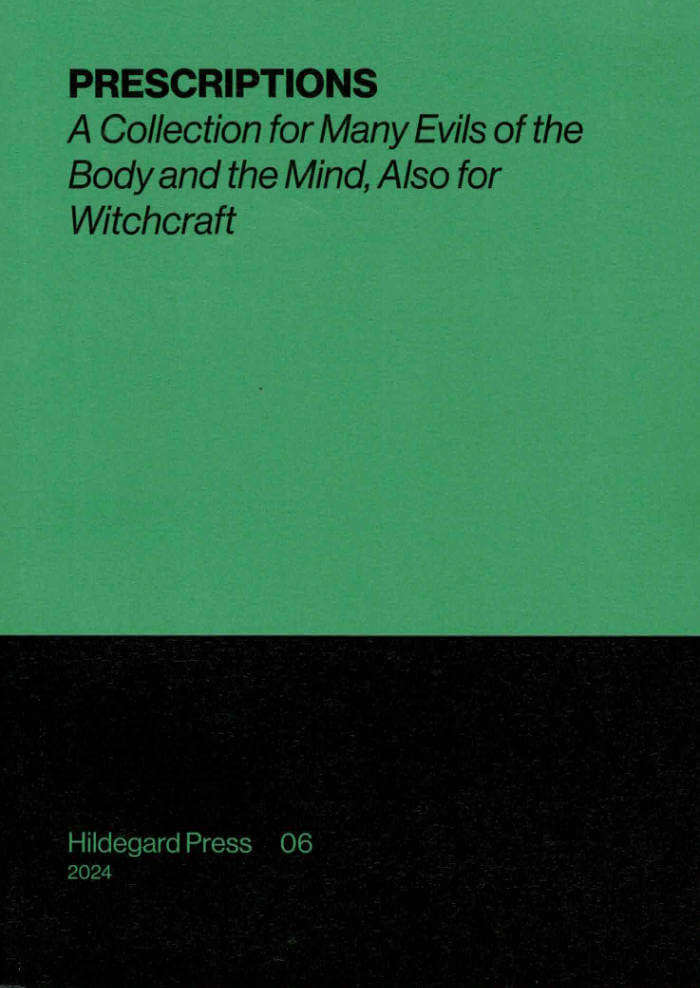
PRESCRIPTIONS: A Collection for Many Evils of the Body and the Mind, Also for Witchcraft
PRESCRIPTIONS is a transcription of a handwritten manuscript, dated to approximately 1650, containing a wide range of medicinal and magical remedies. Currently housed in the Cornell University Witchcraft Collection, it is assumed this practical handbook was a reference for healing, midwifery, and other medical/magical advice. Recipes and instruction cover various methods of purging, ointments for swellings, fevers, and pain reduction, lotions for venereal disease, advice for childbirth, and dilemmas such as “worms in the ear.” Accompanying these medicinal prescriptions are a series of magical prescriptions: charms, rituals, and spells recorded to fortify the ailing body, induce amorous desire, or seek revenge.
With its mix of Latin words, Early Modern English parlance, colloquial plant names, apothecary weights, and archaic medical terms, the recipes can at first appear opaque, but with sustained engagement one can begin to decipher the logics and structures within the writer(s)' shorthand. The original manuscript, in having its own detailed glossary, index, and citations, exhibits a meticulous cataloging of knowledge and resources, and reveals an earnest desire to hold onto the integrity and sanctity of the body in the face of 'many evils.'
The transcription is accompanied by a glossary of terms, an explanation of the various apothecary measurements used, and expanded citations of the medicinal/magical treatises that were abbreviated within the original text.